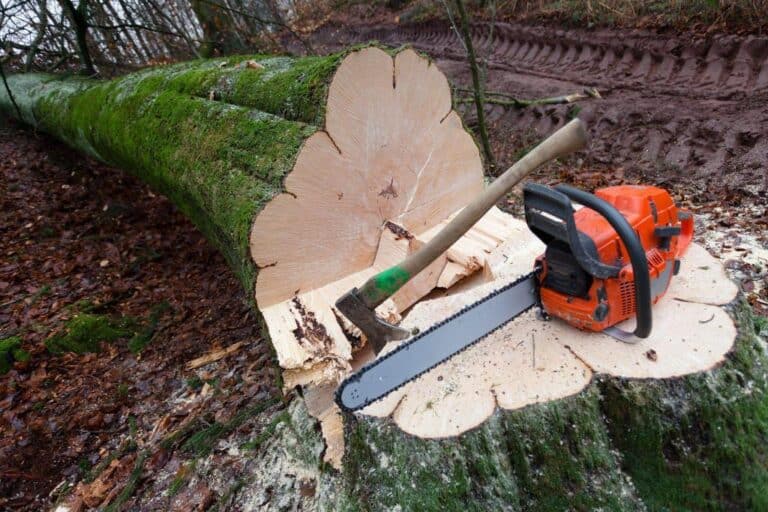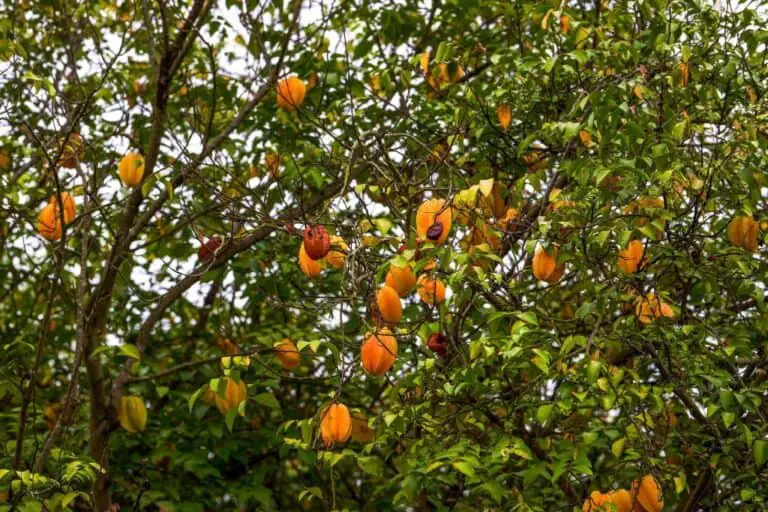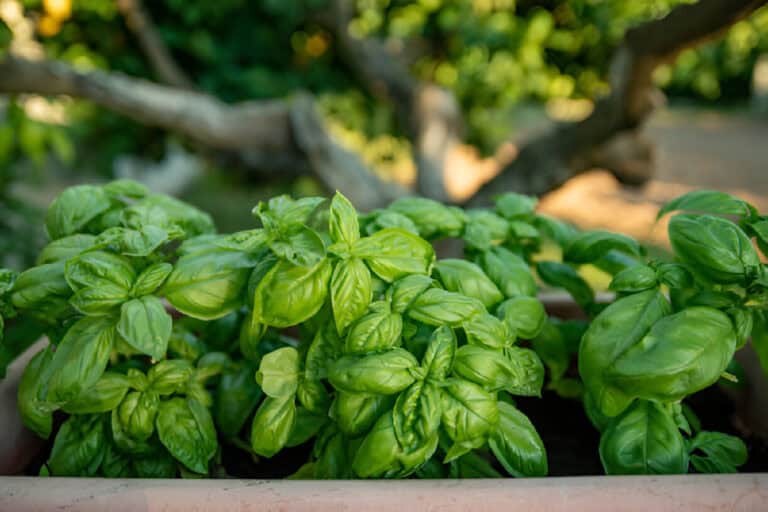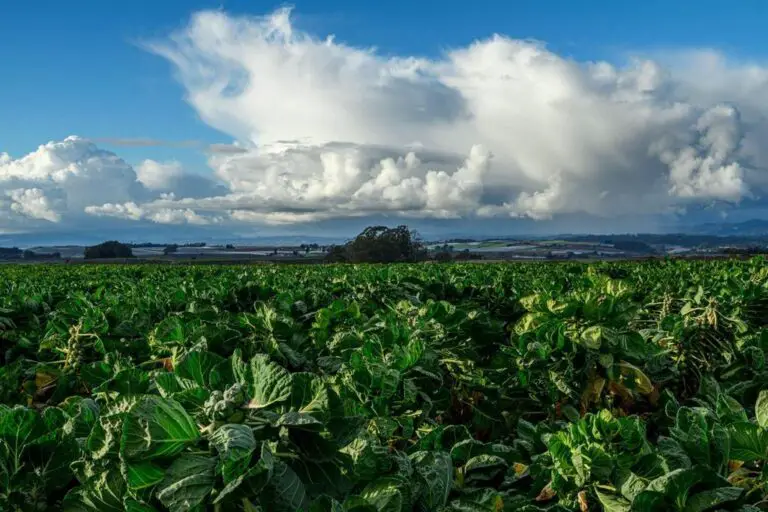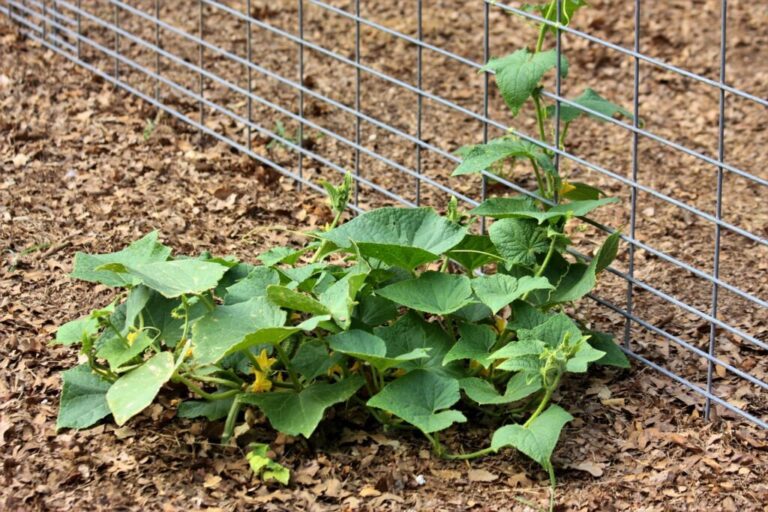What to Do When Your Female Watermelon Flowers Not Opening?
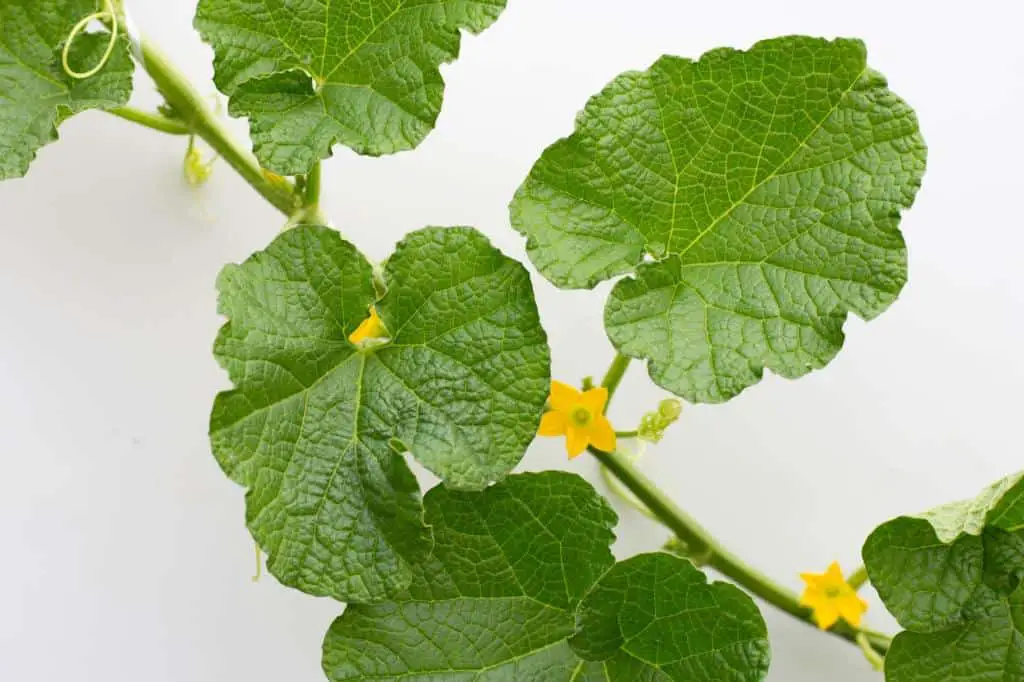
In the world of gardening, the intricacies of watermelon plants can sometimes leave even the greenest of thumbs scratching their heads. When those female flowers stay tightly closed, it’s a puzzle that needs solving. Fear not, though, for this article is your guide to unlocking the mystery of your reluctant watermelon blooms.
We’ll delve into the possible reasons behind closed female watermelon flowers, offering insights into the importance of pollination, the role of weather and environmental factors, and practical steps to encourage those blossoms to unfurl and set the stage for a bountiful watermelon harvest.
So, if you’re facing the conundrum of sealed watermelon flowers, let’s embark on a journey to understand, troubleshoot, and ultimately revel in the joy of growing your very own juicy watermelons.
Male & Female Watermelon Flowers
Watermelons are monoecious, meaning they have both male and female flowers on one plant. The male flowers appear first on the plant, and the female flowers follow a week or two later.
It’s easy to tell the difference between the two. A male flower will connect directly to the vine while a female flower will have a bulb behind the flower.
The bulb behind the flower looks like a miniature watermelon. It is the ovary and once the flower is pollinated by pollen from the male flower this bulb will start to develop into a watermelon.
The flower on the left is a male flower and on the right is the female flower with the ovary behind it that will become a watermelon once pollinated. Once the bulb reaches golf ball size pollination had been successful and a full size watermelon will develop in around 35 days.
See also: The Differences between Male and Female Watermelons
Understanding the Watermelon Flowering Process
Understanding the watermelon flowering process is essential for successful gardening. It’s a fascinating journey that begins with the emergence of both male and female flowers on the watermelon vine.
Female flowers can be recognized by their small, bulbous base—the future watermelon—while male flowers have a straight stem. The opening of female flowers marks the initial step towards fruit formation.
The process is not always straightforward, and sometimes, you might notice that the female watermelon flowers don’t open as expected. Various factors can contribute to this issue, such as temperature fluctuations, inadequate pollination, or even an unbalanced nutrient supply.
To ensure a thriving watermelon garden, it’s crucial to understand the reasons behind flower non-opening and explore solutions like hand-pollination techniques or optimizing growing conditions.
In your quest for ripe, juicy watermelons, consider the delicate process of watermelon flowering as a vital aspect of your gardening journey. By mastering this phase, you can enjoy a bountiful harvest and relish the sweet taste of success in your garden.
Common Reasons Behind Unopened Female Watermelon Flowers
Watermelon flowers serve as the vital precursors to the luscious fruits we eagerly anticipate. When these flowers refuse to open, frustration can mount for any gardener. Several factors can contribute to these issues below.
1. Inadequate Pollination
Pollination is crucial for the development of the watermelon fruit. Inadequate pollination often leads to the flowers failing to open and subsequently not forming fruits. Factors like a lack of pollinators or unfavorable weather conditions can contribute to this problem.
2. Environmental Stress
Extreme temperatures, excessive humidity, or sudden fluctuations in the weather can stress the watermelon plants, causing them to halt their reproductive processes temporarily.
3. Nutrient Deficiencies
A deficiency in essential nutrients, particularly phosphorus and potassium, can affect the flowering process of watermelon plants. It’s imperative to ensure that your plants receive adequate nutrition to support their growth and reproductive cycles.
4. Pests and Diseases
Pests and diseases can wreak havoc on the health of watermelon plants, affecting their ability to flower and fruit. Regular monitoring and prompt intervention are necessary to prevent these issues from impacting your harvest.
Ideal Soil and Water Conditions for Watermelon Flowering
To ensure that your watermelon plants produce an abundance of beautiful, vibrant flowers and, eventually, delectable fruits, it’s essential to understand the ideal soil and water conditions. Watermelons are sun-soaking, thirst-loving plants, and their preferred soil and water conditions are key to their success.
Soil Conditions:
Watermelons flourish in well-draining, loamy soil. This type of soil allows water to percolate through it without becoming waterlogged, ensuring that the roots receive the oxygen they need. Moreover, a slightly acidic to neutral pH range of 6.0 to 7.0 is ideal.
You can test your soil’s pH with a simple kit available at most garden stores. Amending the soil with organic matter like compost can help improve its texture and fertility, providing the right environment for watermelon plants to thrive.
Watering Needs:
Watermelon plants are water-loving, and they demand consistent moisture. However, it’s important to strike a balance. Overwatering can lead to waterlogged soil, which may cause problems with the roots and flowers. A well-maintained schedule of deep watering is usually more beneficial than frequent, shallow watering. A couple of inches of water per week is often recommended, but it can vary depending on your climate and soil type.
Checking the soil moisture by hand—it should be consistently damp but not soggy – is a good practice to ensure your watermelon plants have the right conditions to produce their iconic, mouthwatering fruit.
What to Do When Your Female Watermelon Flowers Not Opening?
Now that you’re familiar with the potential causes, here are some effective solutions to help your watermelon plants thrive and encourage the blooming of female flowers:
| Solutions | Description |
| 1. Hand Pollination | When natural pollination is insufficient, gently transfer pollen between flowers using a small brush to ensure successful fertilization. |
| 2. Optimal Growing Conditions | Maintain a stable environment by providing adequate water, sufficient sunlight, and a well-draining soil medium for your watermelon plants. |
| 3. Balanced Nutrition | Implement a regular fertilization schedule with a focus on phosphorus and potassium to bolster the reproductive capabilities of the plants. |
| 4. Pest and Disease Management | Employ organic pest control methods and monitor your plants regularly to catch any signs of pests or diseases early. |
| 5. Shade and Protection | Shield the plants from extreme weather conditions by using shade cloth or row covers to create a conducive microclimate. |
Hand-Pollination Techniques for Troublesome Watermelon Flowers
Hand-pollination can be a savior when dealing with troublesome watermelon flowers that refuse to open. This method involves manually transferring pollen from male to female flowers, ensuring successful fertilization. To perform hand-pollination, you’ll need to identify male and female flowers correctly. Male flowers have straight stems, while female flowers display a small, bulbous base, which will eventually become the watermelon fruit.
Here’s a step-by-step guide to effective hand-pollination:
- Identify male and female watermelon flowers.
- Gently pluck a male flower and remove its petals to expose the pollen-covered stamen.
- Carefully dab the male flower’s stamen onto the stigma of a female flower.
- Repeat this process with several male flowers, ensuring thorough pollination.
By manually transferring pollen, you can overcome issues with unopened female flowers and boost the chances of a successful watermelon harvest. It’s a valuable technique to have in your gardening toolkit.
Conclusion
Dealing with unopened female watermelon flowers can be a challenging aspect of watermelon cultivation. By understanding the potential causes and implementing the appropriate solutions, you can enhance the likelihood of successful fruit production. Remember to maintain a balance between natural remedies and proactive measures to ensure a bountiful watermelon harvest in your garden.
With patience, diligence, and a touch of gardening finesse, you can navigate through these hurdles and enjoy the sweet taste of your homegrown watermelons.
FAQs on Female Watermelon Flowers Not Opening
How long does it usually take for watermelon female flowers to open naturally?
Watermelon female flowers usually open within a week of appearing, but this can vary depending on environmental factors.
What can I do if my watermelon plant has both male and female flowers, but the females aren’t opening?
Consider hand-pollination methods or address factors like temperature and nutrient balance to encourage flower opening.
Is it necessary to have beehives near watermelon plants for pollination?
While bees can be helpful pollinators, you can also hand-pollinate to ensure successful fruiting if necessary.
Can high humidity prevent watermelon female flowers from opening?
Yes, excessive humidity may hinder flower opening; ensure proper ventilation and monitor moisture levels.
Are there any specific pests or diseases that might cause female watermelon flowers not to open?
Aphids, spider mites, and certain diseases can impact flower development; maintain plant health and address pest issues promptly.
Why are my watermelon flowers not opening?
Watermelon flowers might not open due to various factors like temperature extremes, insufficient sunlight, or imbalanced nutrition. It’s essential to ensure the right environmental conditions and consider hand-pollination if necessary.
Do watermelons need pollinators for female flowers to open?
Yes, watermelons benefit from pollinators like bees, which can help female flowers open. However, you can also manually pollinate your watermelon plants to ensure successful fruiting, especially if natural pollinators are scarce.
When is the best time to hand-pollinate watermelon flowers?
The best time to hand-pollinate watermelon flowers is in the morning when the flowers are fully open and ready for pollination. This increases the chances of successful fruit development.

